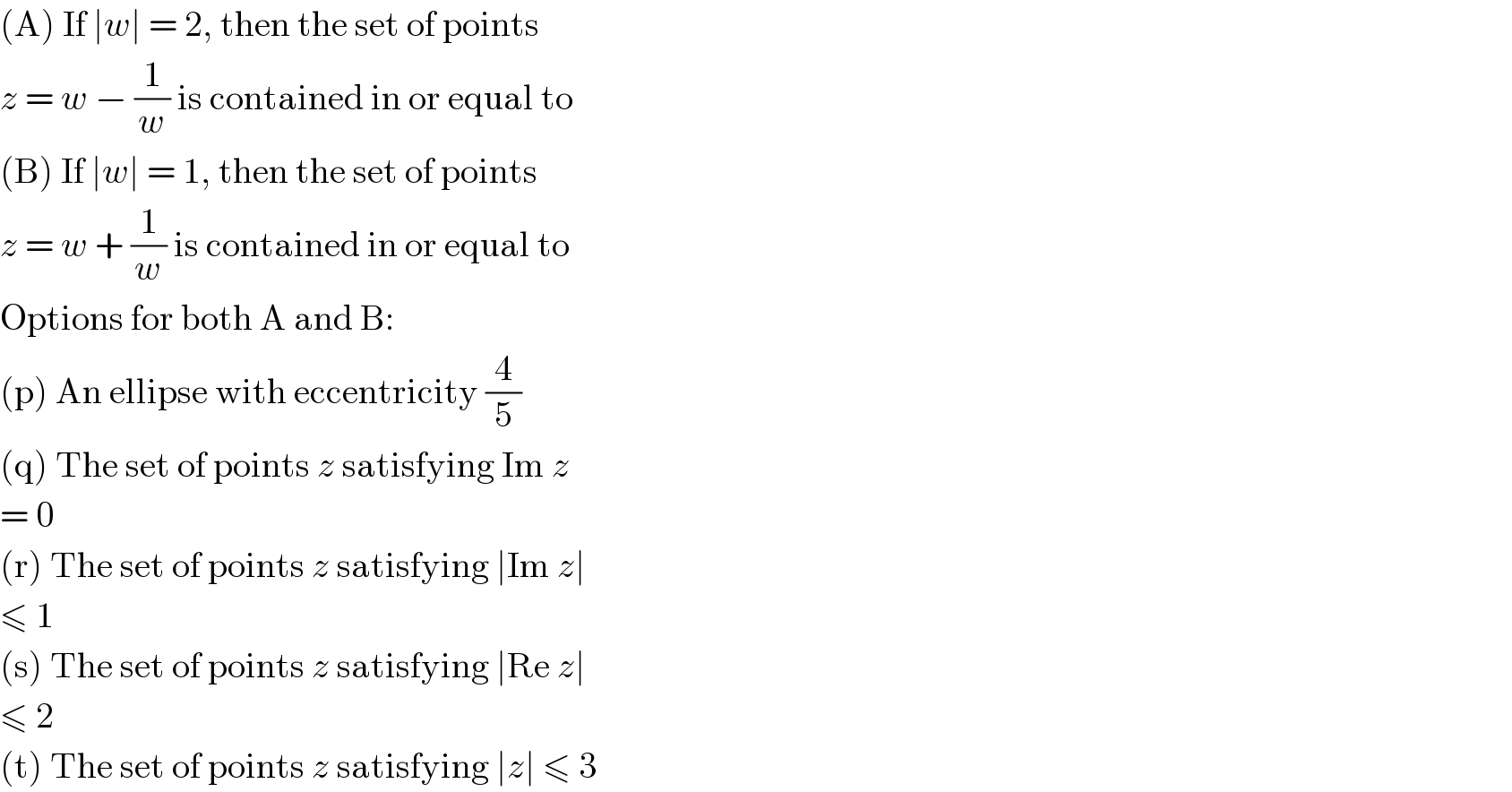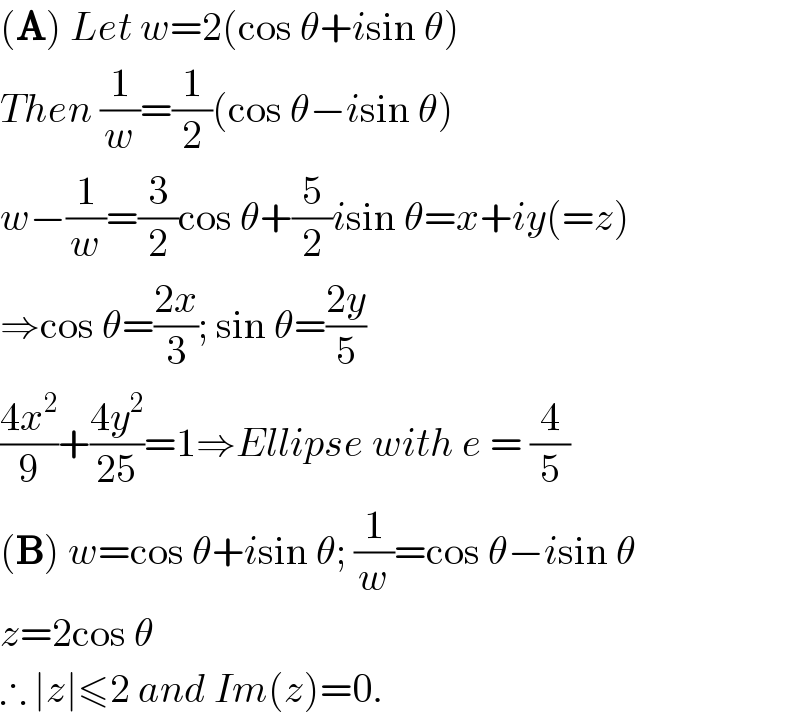
Question and Answers Forum
Question Number 21219 by Tinkutara last updated on 16/Sep/17

Answered by Tinkutara last updated on 17/Sep/17

| ||
Question and Answers Forum | ||
Question Number 21219 by Tinkutara last updated on 16/Sep/17 | ||
 | ||
Answered by Tinkutara last updated on 17/Sep/17 | ||
 | ||
| ||